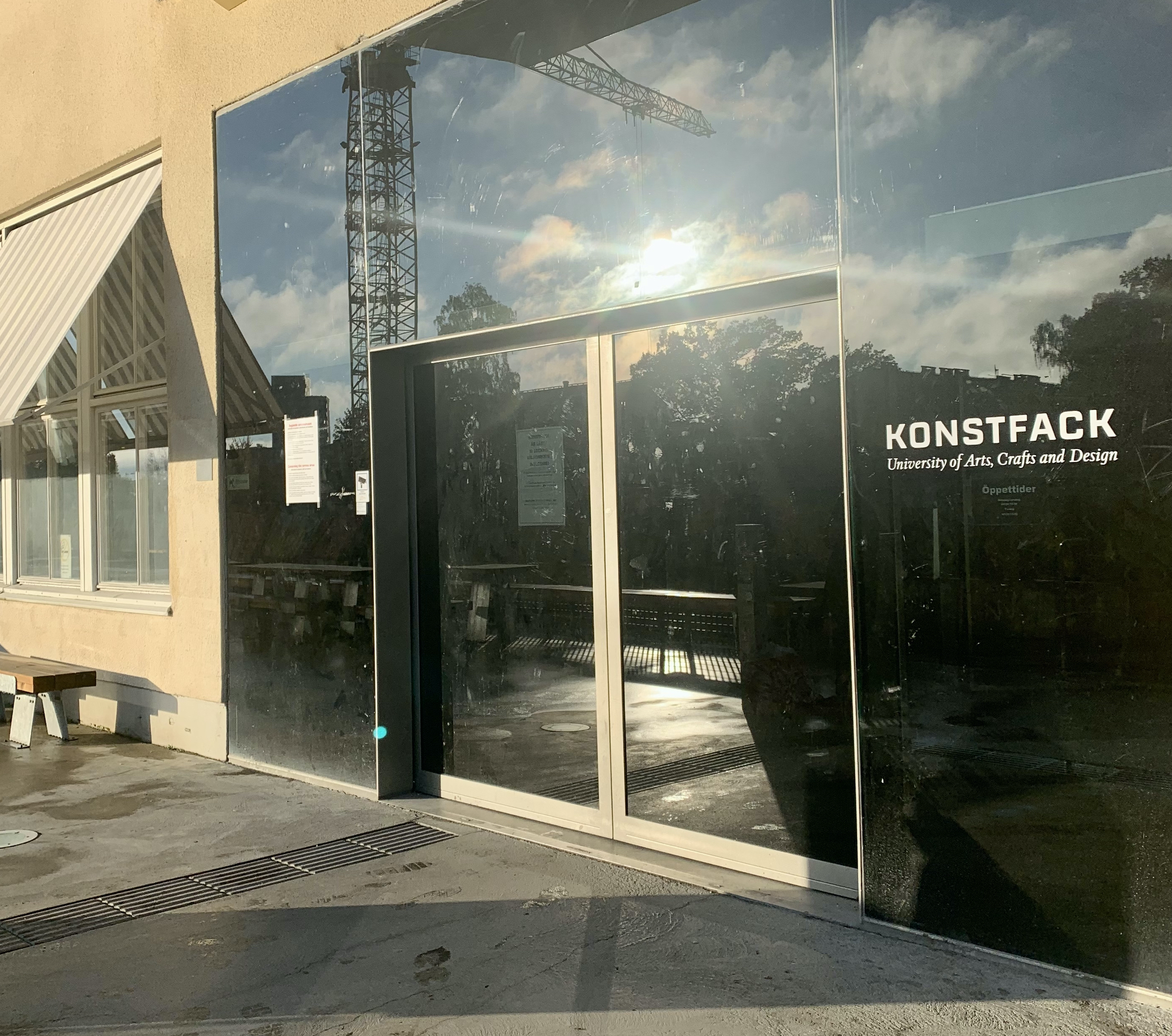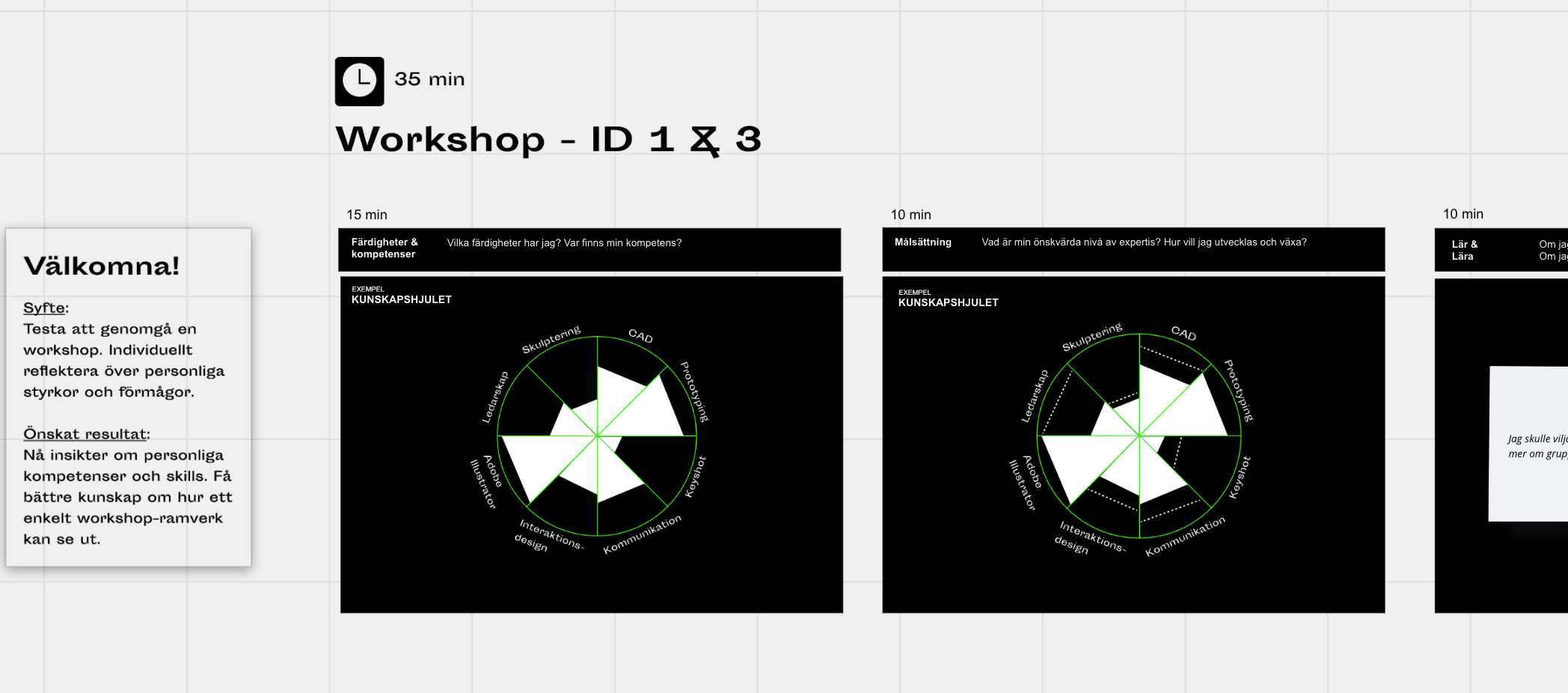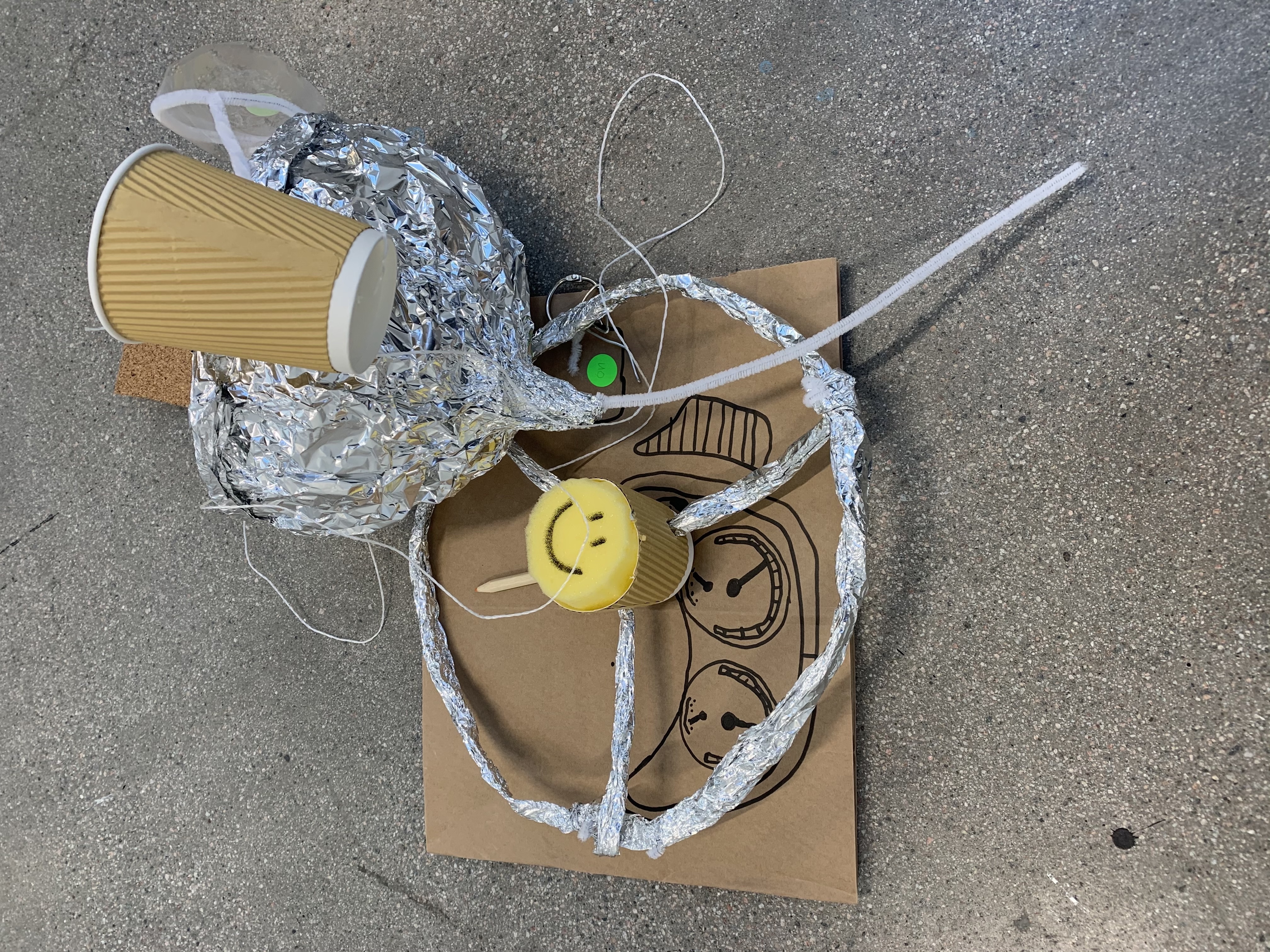A.Schönebeck
3 MIN READ • 11.11.2020
In the fall of 2020, I had the opportunity to lead a series of lectures and workshops alongside my business collegue from Decent People, with industrial design students from Konstfack. We touched upon themes such as team development, communication, and collaborative dynamics in creative projects. An intriguing request from Konstfack led us to delve into the art of workshop planning and execution.

Firstly, we wanted to dive into the essence of workshops. We started with the fundamentals: What's the true purpose of a workshop? What role does a facilitator play? How does one design the workshop framework? These aspects are important to consider, from observation - workshops can be organized for the sake of "trends", losing sight of their core purpose. This reality emphasize the importance of purposeful workshop design—a powerful arena for co-creation, decision-making, and progress, both individually and collaboratively.
After some theory, we facilitated a workshop for the students. The objective was threefold: 1) for them to try out a workshop format, 2) offer insights into workshop design, and 3) reflection on their own strengths and skills. Our aim was for participants to get a better grasp of their skillset's potential in workshop settings and a basic understanding of crafting straightforward workshop frameworks.

Designing a Framework
Creating a framework needs certain building blocks similar to a captivating story—with a beginning, middle, and end. This includes a strong introduction to engage participants, using the middle for maximum content, and ending in a satisfying outcome. Simultaneously, having intention and the desired outcomes as a read thread throughout, this helps to shape the entire framework along with prepping and execution.
Navigating facilitation
The definition of facilitation is: [to make (an action or process) easy or easier] - that sums it up pretty well. At its core, a facilitator leads the participants towards a common goal by; fostering an environment for collaboration, giving participants the structure (without controlling outcomes), asking questions when needed, and above all, paying attention to group dynamics. This demands flexibility, awareness, and fine-tuned empathy.

Why do the work(shop)?
Potential benefits of designing workshops with intention:
— An energy boost in the process, breaking the wheel of habit.
— Fostering co-creation within a structured framework.
— Generating tangible 'seeds' - ideas, sketches, discussions - with the possibility for growth.
— Alignment within teams by externalizing thoughts and ideas.
Workshops, versatile in their format, offers value into the creative process's various stages; exploration, ideation, decision-making, concept refinement, and beyond. The most important step is defining the intention and desired outcome, and work out the framework from there.